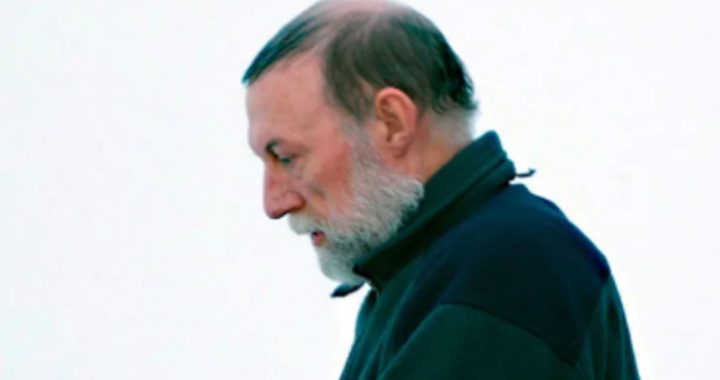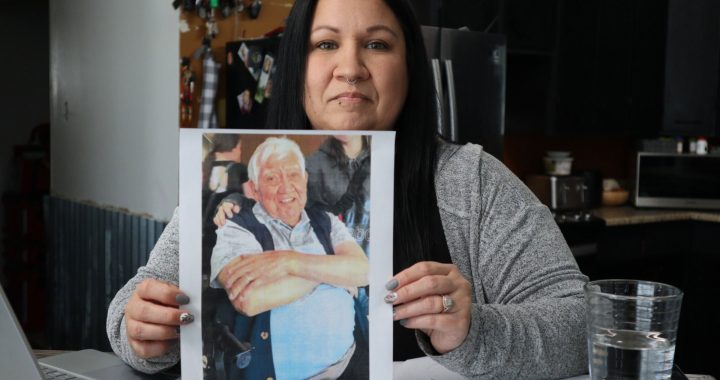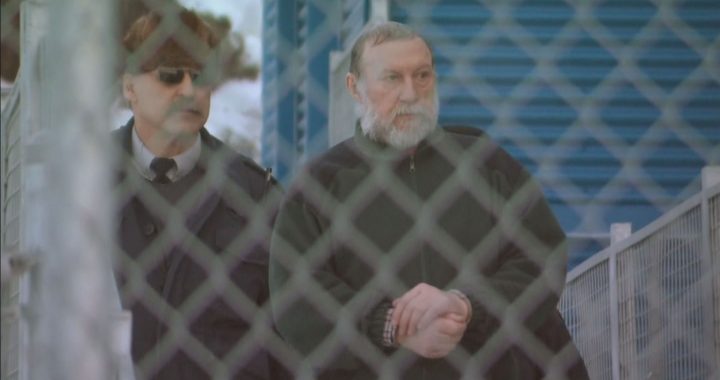The inquest into the death of Chantel Moore, a 26-year-old woman originally from Tla-o-qui-aht First Nation in British Columbia and killed by police conducting a wellness check in June of 2020 continued Wednesday.
Retired RCMP officer, Jean Rene Levesque, who assisted in the investigation, was asked if he had any dealings with any Indigenous communities or any ties with First Nations. He replied his wife was Indigenous.
It was the first time, any witness was asked this question.
Moore’s shooting death sparked public outcry, and First Nations leaders called for an inquiry into systemic racism and the treatment of Indigenous people in the justice system.
Levesque created video re-enactments of the night Moore was shot, from Son’s perspective, and Moore’s perspective.
Levesque wore Son’s uniform, including his bulletproof vest with police in bold reflective letters on the front, and filmed the videos inside Moore’s apartment and balcony at the same time of night she was shot.
The video re-enactments from Moore’s perspective, Levesque shone Son’s flashlight directly in the camera, to show what Moore may have seen.
Both the corner in New Brunswick and a forensic toxicologist testified about how many times Moore was shot – and whether she was showing any signs of intoxication when she was killed.
Forensic Toxicologist James Wigmore testified Moore’s blood alcohol content was 136 mg per 100 ml, equivalent to five bottles of beer, more than the legal limit for driving, but she wouldn’t show any obvious signs of intoxication.
Wigmore testified Moore would have appeared groggy, adding alcohol induces tunnel vision but she may not have seen past Son’s flashlight.
On Tuesday, Const. Jeremy Son, the Edmundston police officer who shot Moore, testified that she was sleeping on a couch inside her apartment when he knocked on the window and woke her at around 2:30 a.m. He said he came to her home following a call from Moore’s ex-boyfriend, who told police about receiving disturbing text messages that seemed to come from someone who may have been stalking her.
Read More:
Mother of Chantel Moore tells inquest about night N.B. police shot her daughter
Son said Moore appeared to grab something metallic before approaching the door. He said she exited the apartment onto the third-floor balcony holding a knife and looking angry. Son said she advanced toward him and he backed up and told her to drop the knife. He said she didn’t and he fired his handgun four times in rapid succession.
The shooting was investigated by Quebec’s independent police watchdog – the Bureau des enquetes independantes. Francois Coiteau, the main investigator, said the bureau gathered evidence and made no conclusions or recommendations to New Brunswick prosecutors.
“We never draw any conclusions or make comments,” Coiteau told the inquest Wednesday.
He said his team was unable to determine the distance between Son and Moore at the time of the shooting. The knife was examined for fingerprints, Coiteau said, adding that only three partial prints were found and they were inconclusive.
The New Brunswick Police Commission also examined the shooting after complaints were filed against Son in August 2020 alleging he improperly used his firearm and abused his authority.
Jean-Rene Levesque, an investigator for the commission, told the inquest Wednesday that Son was cleared of the accusations.
Levesque presented to the inquest a number of videos produced during a re-enactment of the night of the shooting. He said he didn’t think Moore would have been able to see in the dark that Son was a police officer.
The final witness of the day was Alain Lang, who retired last month as chief of the Edmundston Police Force. He said the force only had one working Taser in June 2020, adding that he later ordered enough to have five working units.
Lang said all officers are given training in the use of firearms, Tasers, pepper spray and batons. He said that while Tasers are provided, not all officers use them. “It’s a work tool. They are not compelled to wear it,” he told the jury.
One final witness is expected to be called Thursday. It will then be up to the coroner’s jury to make recommendations aimed at preventing future deaths under similar circumstances.
With files from the Canadian Press










